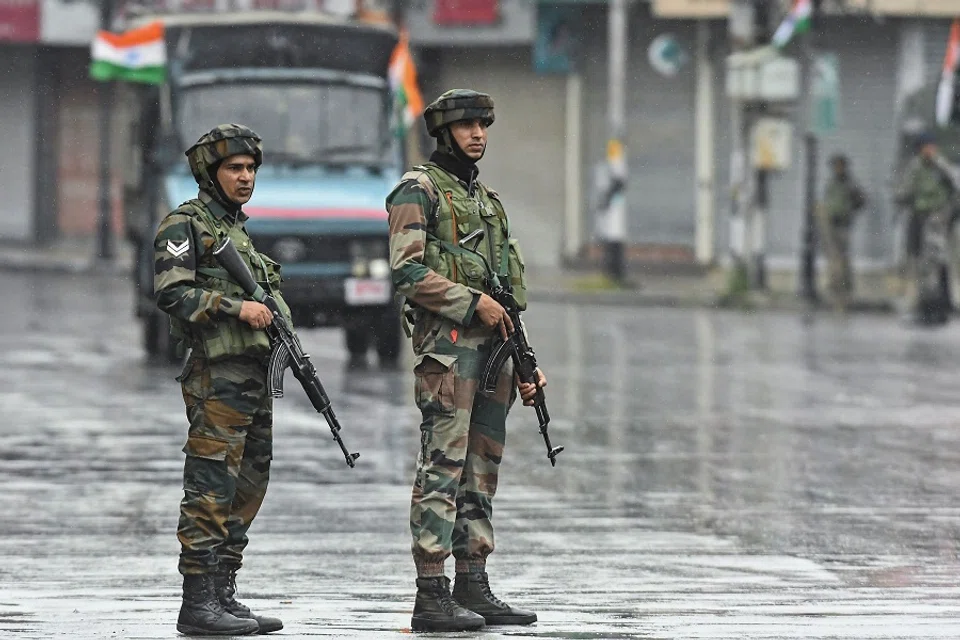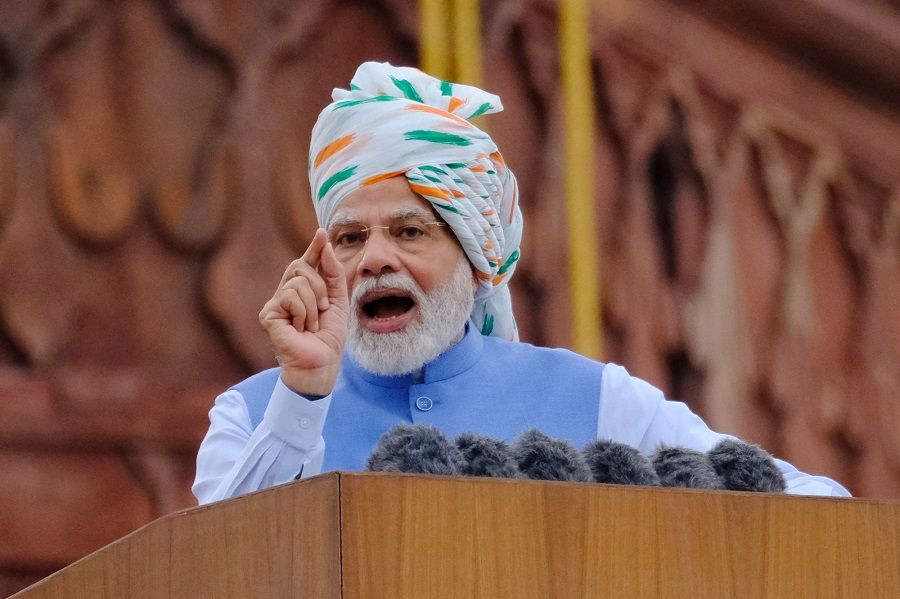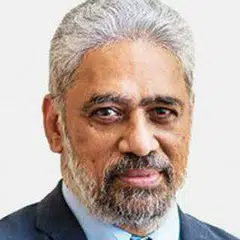India's ambiguities on the 'one China' policy

As China pressed and got many nations, including most South Asian states, to reaffirm the "one China" policy amidst the growing conflict with the US over Taiwan, India has refused to affirm that there is but one China. Has India's approach to the territorial integrity and sovereignty of China changed? The answer is both "yes" and "no".
At his regular press briefing on 12 August 2022, the spokesperson of the Indian foreign ministry was asked a direct question by the Xinhua correspondent on Delhi's approach to the "one China" principle. The spokesman declared that "India's relevant policies are well known and consistent. They do not require reiteration."
Behind India's current refusal to reaffirm the "one China" policy is the nuanced evolution of India's position. In 1950, India became one of the first countries in the world to establish diplomatic relations with the People's Republic of China (PRC). Despite the concerns over China's annexation of Tibet, the eagerness of India's first prime minister to build peace and friendship with Beijing saw Delhi embrace a "one China" policy.
Delhi was quite deferential to Beijing and circumscribed its political ties with Taipei by letting them remain well below the norm in Asia.

Although Jawaharlal Nehru had substantive contacts with the leaders of nationalist China before the Maoists won the civil war, he chose to cut off ties with Taiwan completely. He insisted, in opposition to the US and its allies, that the PRC represented real China and must be given the permanent seat in the United Nations Security Council (UNSC) occupied by Taiwan until 1971.
India waited until 1995 to establish relations with Taiwan as part of its adaptation to the international environment after the collapse of the Soviet Union and the end of the Cold War. Even as it opened ties with Taiwan, Delhi was quite deferential to Beijing and circumscribed its political ties with Taipei by letting them remain well below the norm in Asia.
As the first signs of trouble on the Sino-Indian border emerged in the late 2000s, Delhi's enthusiasm to frequently and publicly proclaim fealty to the "one China" policy began to diminish. The last time India affirmed the "one China" policy was in 2008. Since then, Delhi simply referred to its "well-known position" rather than stating it explicitly.
A significant political change occurred in 2014 with the advent of Narendra Modi to power. Although Modi was eager to befriend China, the Bharatiya Janata Party (BJP)'s Hindu nationalist ideology strongly resented the imbalance between the positions of Delhi and Beijing on each other's sovereignty and territorial integrity.

At her first meeting with the visiting Chinese Foreign Minister Wang Yi in June 2014, Indian External Affairs Minister Sushma Swaraj demanded that China must reciprocate with a "one India" policy. Swaraj reportedly told Wang that "we support the One-China policy. However, we expect you to also have a One-India policy." That India did not make a profound impression on China with its demand was reflected in Beijing's growing assertiveness on the disputed boundary and its vigorous support to Pakistan on the question of Jammu and Kashmir.
Meanwhile, a series of military crises on the Sino-Indian border in 2013, 2014, 2017 and 2020 suggested that the era of peace and tranquillity on the Sino-Indian border that was negotiated through various agreements and confidence-building measures developed over three decades was breaking down.
Beijing reacted harshly to India's decision to change the constitutional status of Jammu and Kashmir in August 2019 and sought to raise the issue in the UNSC at the behest of Pakistan. Thanks to Western support at the UNSC, India successfully blocked the Chinese moves.
Responding to questions on the third anniversary of the Kashmir constitutional changes, a spokesperson for the Chinese foreign ministry reaffirmed the demand that India should avoid taking unilateral actions. He said, "There should be restraint and prudence by the relevant parties, especially parties that should avoid taking unilateral actions to change the status quo or to escalate tensions." When asked to comment on the crisis in Taiwan, the Indian spokesperson read back the same formula to China. "We urge the exercise of restraint, avoidance of unilateral actions to change the status quo, de-escalation of tensions and efforts to maintain peace and stability in the region", he said.
The continuing military stand-off in the Ladakh region that began in 2020 and the sharper tone of diplomatic sparring between the two sides are not translating into growing strategic warmth between Delhi and Taipei.

Delhi's call on China to stop attempts to unilaterally change the status quo has been welcomed by Taiwan, which thanked India, along with 50 other nations. Taiwan also says that it would maintain "close communication and coordination with the US, Japan and all other like-minded nations, including India, to jointly preserve a rules-based international order and safeguard security across the Taiwan Strait".
The continuing military stand-off in the Ladakh region that began in 2020 and the sharper tone of diplomatic sparring between the two sides are not translating into growing strategic warmth between Delhi and Taipei. On the face of it, both Delhi and Taipei face the challenge of Chinese expansionism. It was also expected that the nationalist government of the BJP would be far more open to deeper ties with Taiwan, especially after the 2020 crisis on the Sino-Indian border.
On the "one China" policy, Delhi has neither formally discarded it nor is it willing to reaffirm it amidst growing conflict with Beijing over territorial issues.
However, close observers of the Taiwan-India relationship are disappointed at the continuing political restraint on India's part. India, for example, did not join its Quad partners - Australia, Japan, and the US - in criticising Chinese military exercises around Taiwan in early August 2022.
India's military standoff with China in the high Himalayas since 2020, discourages Delhi from adding to the list of problems with Beijing. On its part, Taiwan would like the Indian government to open up greater public and political engagement. However, India's preference is to focus on economic engagement and avoid high-profile political ties. Annual bilateral trade has steadily grown in recent years to reach US$7 billion in 2018. Delhi hopes to attract greater Taiwanese investment into the manufacturing sector in India. Delhi is also interested in working with Taiwanese companies to produce semiconductor chips in Delhi.
On the "one China" policy, Delhi has neither formally discarded it nor is it willing to reaffirm it amidst growing conflict with Beijing over territorial issues. There is no doubt that both Delhi and Taipei would like to see a stable balance of power in Asia that can constrain Chinese ambition to alter Asia's territorial status quo. Both seek stronger security ties with the US and its allies. Yet, coordinating Delhi and Taipei's political and security policies is likely to remain a challenge in the near term.
This article was first published as an Institute of South Asian Studies (ISAS) brief.
Related: Why India's influence over South Asia will continue to weaken | From US to India: China's shifting tech investments shows overriding influence of politics | India in Quad: Black sheep or dark horse | Has the US shifted its position on Taiwan, again? | Five big questions about Nancy Pelosi's Taiwan visit
